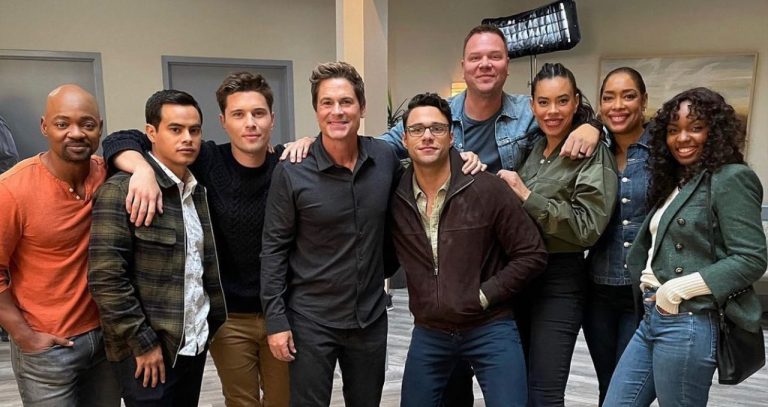The Silent Struggle: A Professional Landscape Overview of Immigrant Worker’s Rights

In the heart of the American Dream lies a silent struggle, it is a journey fraught with challenges and obstacles that many immigrant workers face. The Silent Struggle of immigrant worker’s rights seeks to shed light on this often-overlooked aspect of the immigrant experience.
What are the Legal Obstacles for Immigrant Worker’s rights?
The journey begins with the legal system. The labyrinthine nature of immigration laws in the U.S. creates a complex web of rules and regulations that immigrants must navigate. These laws dictate who can work, where they can work, and for how long. They also determine the types of jobs immigrants can hold, often limiting them to specific sectors or roles.
As Giuseppe Quarata, an immigrant worker, explains, “It depends on your field. In my case, I graduated in electronic engineering and actually, it is not so difficult to find a company interested in hiring me, but the real problem is connected to the visa system. It takes a lot to receive even a work visa, and for the time you wait to get it – many times – you may stay without a job and without making money as long [as] it takes to get the visa”
What is the Influence of Immigration Law?
These laws not only influence the employment process but also shape the professional lives of immigrants. They can restrict access to opportunities, create uncertainty about prospects, and even impact the ability to negotiate fair wages and working conditions.
Quarata further elaborates, “Even with a master’s degree and with many companies interested, the time that it takes to hire me is money lost for the company. But if you have the right skills for a company, they are ok to make that type of investment.”
The influence of immigration laws extends far beyond the initial hiring process, permeating every aspect of an immigrant’s professional journey. These laws can create barriers to opportunities, instill a sense of uncertainty about prospects, and even affect wage negotiations and working conditions.
As Quarata’s experience illustrates, despite the potential challenges and costs associated with hiring immigrants, companies that recognize the value of diverse skills and perspectives are willing to invest in this talent pool. Thus, while immigration laws may pose challenges, they also serve as a litmus test for companies’ commitment to diversity and inclusion.
Are there legal hurdles and safeguards for immigrant worker’s rights?
Despite some challenges, there are legal safeguards in place to protect immigrants. These include laws that prohibit discrimination based on nationality, regulations that ensure fair wages, and policies that protect against workplace exploitation. However, these safeguards are often not enough to overcome the legal hurdles that immigrants face.
Quarata points out, that it is a “Costly and difficult process, some companies don’t cover the cost it can be difficult to cover everything by yourself. It is even worse if you try to get an investment visa that requires you to invest at least 50k before applying for the visa.”
In light of these realities, it becomes evident that while existing legal safeguards provide some level of protection for immigrants, they are often insufficient in addressing the complex and costly challenges immigrants face, underscoring the urgent need for comprehensive immigration reform.
What are some Cultural and Language Barriers?
Beyond the legal landscape, immigrants also grapple with cultural and language barriers. These challenges can make it difficult for immigrants to fully express their skills and qualifications to understand and navigate the U.S. job market. They can also impact their ability to form professional networks, which are often crucial for career advancement. Quarata, who has traveled a lot and lived in different countries, says, “I can speak English. I never really had a problem regarding culture and language.”
While Quarata’s experience illustrates that language and cultural barriers can be overcome, it’s important to note that this is not the norm for all immigrants. Many continue to face significant challenges in adapting to a new culture and language, which can impact their professional opportunities and integration into the U.S. job market.
Can we overcome legal barriers to immigrant employment success?
Despite the obstacles, there are stories of resilience and success. There are instances where highly skilled immigrants have overcome legal barriers to secure meaningful employment. These stories serve as a beacon of hope, highlighting the potential for change and the importance of continued advocacy for immigrant worker’s rights.
To facilitate the employment process for highly skilled immigrants, several modifications to immigration laws have been proposed. These include simplifying the visa application process, expanding the number of available work visas, and providing clearer pathways to permanent residency. Quarata suggests, “They need to get faster, they waste time on everyone for not a real reason. Some processes take 6 months, and you don’t know why, it just does”.
They say because of Covid. Covid was 3 years ago, let’s wake up and get faster. Why for a green card do we need 19 months? If we have a possible job, we have a spouse, we have a sponsor, just accept it. Also, they keep raising the costs to apply for visas, to do what?”
Can there be a diverse and prosperous future for immigrant worker’s rights?
The silent struggle of immigrant worker’s rights is a multifaceted issue that extends beyond the pursuit of the American Dream. It is a complex interplay of legal, cultural, and linguistic barriers that often hinder their professional growth and integration into the U.S. job market. Despite the existence of legal safeguards, the labyrinthine nature of immigration laws and the high costs associated with the visa process poses significant challenges.
Cultural and language barriers further complicate their journey, impacting their ability to express their skills, understand the job market, and form professional networks. However, amidst these challenges, stories of resilience and success emerge, highlighting the potential for overcoming these barriers.
These narratives underscore the urgent need for comprehensive immigration reform that addresses these issues holistically, ensuring that the silent struggle of immigrant workers is heard and adequately addressed.
This is not just about creating an equitable professional landscape for immigrants, but also about enriching the American workforce with diverse perspectives and skills. After all, the strength of a nation lies in the diversity of its people and their ability to contribute to its growth and prosperity.
Interview responses provided by Guiseppe Qurata CEO of Quarata Consulting, quarataconsulting.com




